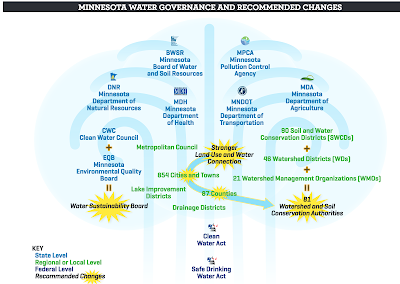 |
| sand burs pulled from road side
Photo by J. Harrington
|
I've been known to go on an occasional rant about government's phenomenal ability to grow into dysfunctionality. Cenchrus longispinus provides one of the better examples, both literally and figuratively, I've come across in some time. According to the USDA, two states have longspined sand burs listed as "Threatened" while two other states list it as a noxious weed. That makes little, if any, sense to me. Using Maine as an example of a state that supposedly considers sand burs threatened, they're not listed in Maine's Threatened and Endangered Plants [1990] and the State List of Endangered & Threatened Species web page notes "The Maine Endangered Species Act applies only to animals - plants are not included in the legislation. The Maine Natural Areas Program maintains an "official" list of rare and endangered plants in Maine."
Government at all levels and for all functions really needs to get its act together if it wants to reestablish credibility with thinking, aware citizens. Minnesota has similar, but, in my opinion, much worse problems when it tries to get public support for improving water quality. For today, let me just note that, as far as I know, the Governor's 25 X 25 Water Quality Initiative to increase support for water quality has at best an incidental relationship with the state's Water Sustainability Framework recommendations for Citizen Engagement [p 101]. Perhaps even more telling are the limitations inherent in this structure.
August
No wind, no bird. The river flames like brass.
On either side, smitten as with a spell
Of silence, brood the fields. In the deep grass,
Edging the dusty roads, lie as they fell
Handfuls of shriveled leaves from tree and bush.
But ’long the orchard fence and at the gate,
Thrusting their saffron torches through the hush,
Wild lilies blaze, and bees hum soon and late.
Rust-colored the tall straggling briar, not one
Rose left. The spider sets its loom up there
Close to the roots, and spins out in the sun
A silken web from twig to twig. The air
Is full of hot rank scents. Upon the hill
Drifts the noon’s single cloud, white, glaring, still.
********************************************
Thanks for visiting. Come again when you can.
Please be kind to each other while you can.

No comments:
Post a Comment